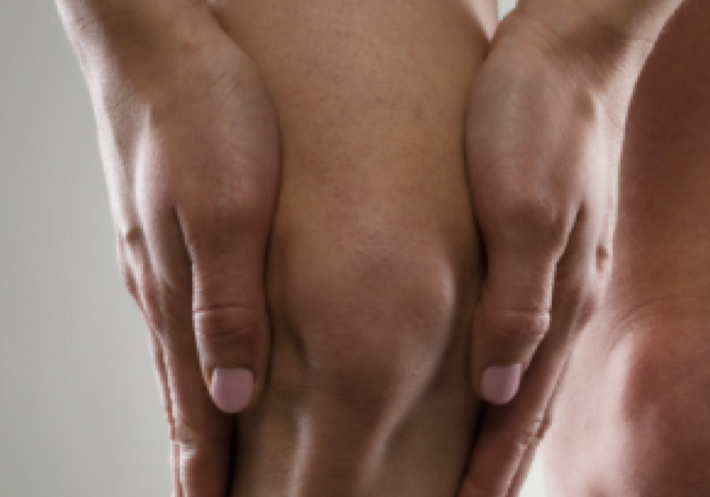
For sufferers of arthritis, episodes of pain can at times be intense and relentless. Arthritis is a condition related to inflammation and wearing of the joints, limiting mobility and causing pain and swelling. Simple daily activities can become difficult, with pain disturbing your movement during the day and your sleep at night.
There is no cure for arthritis, and although medication may help with the pain, it also may cause further trouble like upsetting your stomach or even causing bleeding ulcers.
Severe cases may require further medical management, which can include steroid injections and surgical interventions such as joint replacement surgery. Regardless of the type of arthritis, you are suffering from, a Physiotherapy Assessment can establish how we can help manage the pain and get you moving well again through daily life.
So how can physiotherapy benefit arthritis sufferers? We take a look below.
How Can a Physiotherapist Help?
People with arthritis may avoid movement due to the pain it causes – but staying still can worsen their condition. Physiotherapy aims to get people moving again, by showing people how to regain their mobility without causing further damage.
Your physiotherapist can help educate you about your condition, inform you on ways to treat it and demonstrate various techniques and methods to help relieve discomfort. Many clients require Physiotherapy following hip and knee replacement surgery to assist in restoring joint mobility, strengthening of appropriate muscles and recovering walking style (gait retraining).
What Techniques are Used?
When you see a physiotherapist about your arthritis, some of the techniques you’ll learn may include:
- Exercises: exercise is one of the most effective ways of treating the symptoms of arthritis. A physiotherapist can show you a range of exercises for regaining mobility, improving joint movement, increasing flexibility and strengthening muscles. Exercise will also help you keep your weight down, which is good because the more you weigh, the more pressure and strain is put on your joints.
- Thermal Therapies: patients will be shown how to apply ice or heating packs to relieve local pain. Using heat can relax muscle spasm in inflamed joints and make exercising easier. Heat treatments like a warm bath enhance circulation and can ease muscle and joint stiffness, while cold treatments like ice packs restrict the blood vessels to slow circulation, which can reduce swelling and treat acute pain.
- Joint Protection Techniques: a physiotherapist can advise you in how to optimise your body mechanics and posture to reduce stress on the affected joints and ensure the condition is not worsened. Treatment strategies focus on specific joint care and graduated strengthening of supporting structures to minimise further strain, wear and tear.
- Pain management may also be assisted with application of electrotherapy modalities, Dry needling Acupuncture and joint mobilisation/massage techniques.
Arthritis is a common condition anyone can develop. Many people have found physiotherapy to be an effective way of managing the pain of arthritis. If you want to see if physiotherapy can help your arthritic condition, make an appointment for a consultation today.
